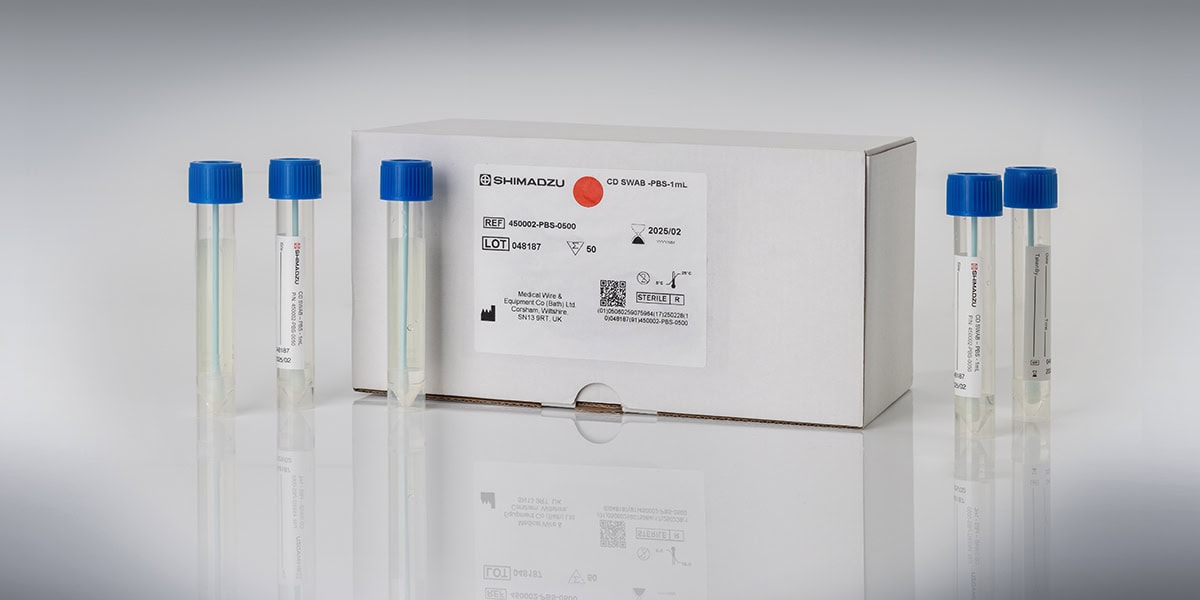
Recent news in Food & Feed Analysis
- Home
- /
- Microbial count: How to...
Microbial count: How to perform efficient microbiological analyses

Hygiene plays a key role in food production. Microorganisms such as bacteria, viruses, yeasts and molds can spoil food and may cause a risk to health. Regular monitoring throughout the production process is therefore necessary. We show you what is important in your hygiene monitoring and present methods that make determining microbial counts child’s play.
The total bacteria count is one of the key indicators in the field of hygiene management. It indicates how many microorganisms are present in a sample. Monitoring the total bacteria count is necessary, because the number of microorganisms shouldn’t exceed certain guide values. These guide values, which are expressed in CFU (colony-forming units) per gram or milliliter, depend on the different types of food. The expert group “Food Microbiology and Hygiene” of the German Society for Hygiene and Microbiology provides a practical overview of these guide values.
Methods for measuring the microbial count
There are several methods to determine the total bacteria count in food. One option is the use of a counting chamber. This method is applied by counting the number of cells under the microscope. However, this method is very inaccurate and error-prone.
Another option is the most probable number method. With this method the sample is diluted in several stages, filled into tubes together with a nutrient solution and incubated at an appropriate temperature. The number of tubes in which bacteria are present is an indication of the microbial count. This method is, however, also very inaccurate and material-intensive.
An easier and more accurate method to determine the microbial count is the plate method, where a food sample is placed on a culture medium plate. After an appropriate incubation period, you can count the number of colonies that have formed on the culture medium plate.
Measuring the microbial count using Compact Dry
A variant of the plate method, which is used in Compact Dry, makes the determination of the microbial count very easy. This microbiological rapid test allows the reliable on-site analysis of various samples: liquids (drinking water, beverages) and solid food can be analyzed as well as cosmetics and smears of surfaces. And this is how it works:
- Open the lid of the petri dish and place the sample material on the plate.
- Close the plate and place it upside down in an incubator at an appropriate temperature.
- After the incubation period, you can easily count the colored colonies with the naked eye.
Despite its simplicity, the Compact Dry is particularly efficient and can detect up to 300 colonies per plate. The method is certified by AOAC, MicroVal and NordVal. The following video illustrates the functioning of the Compact Dry:
You can find further information on this in the following document:



